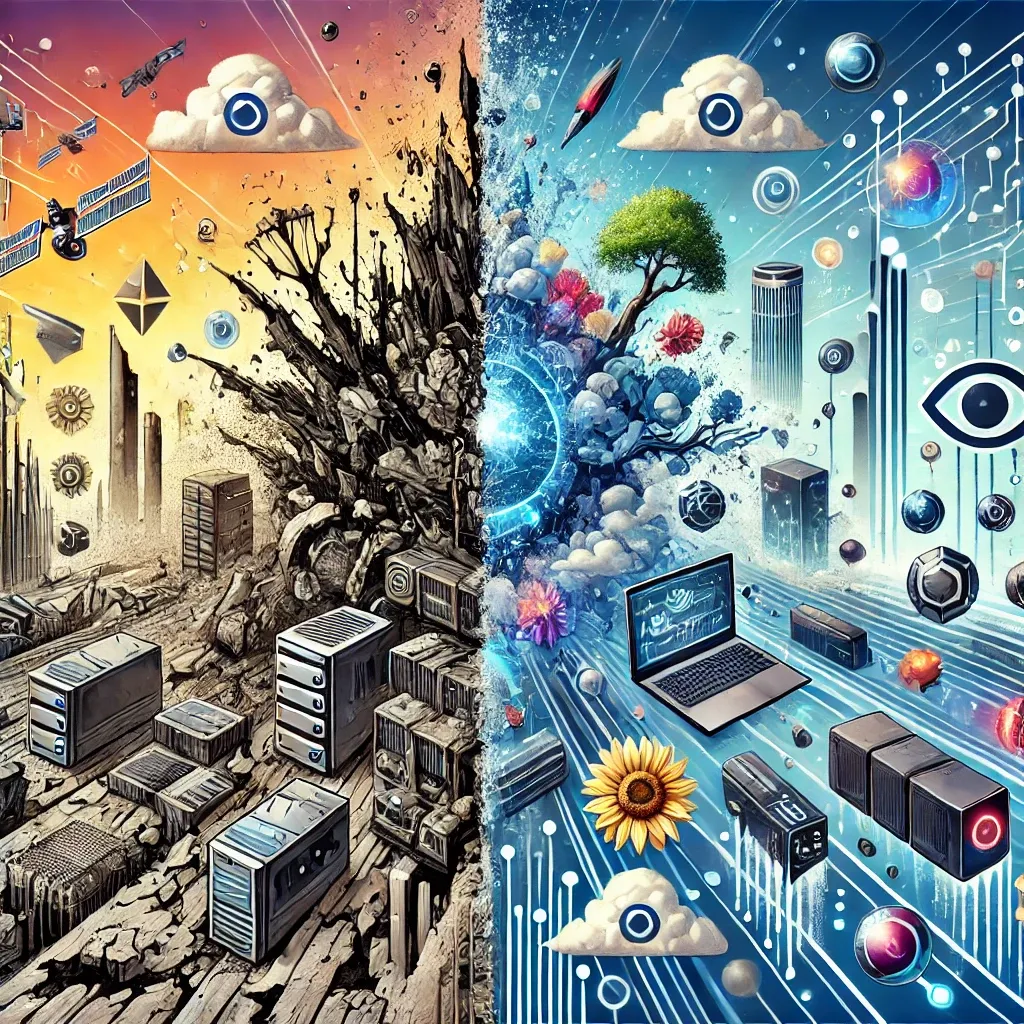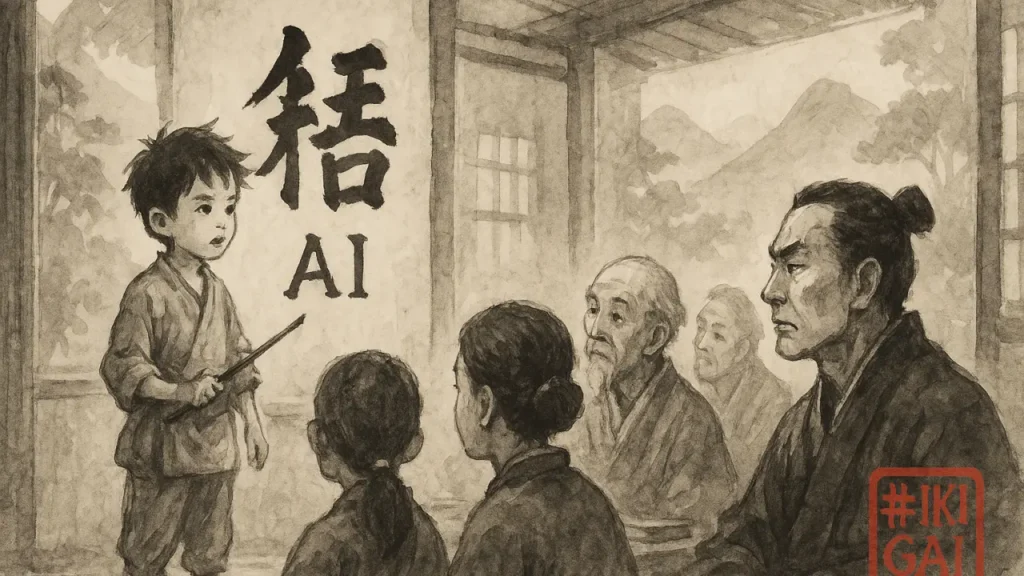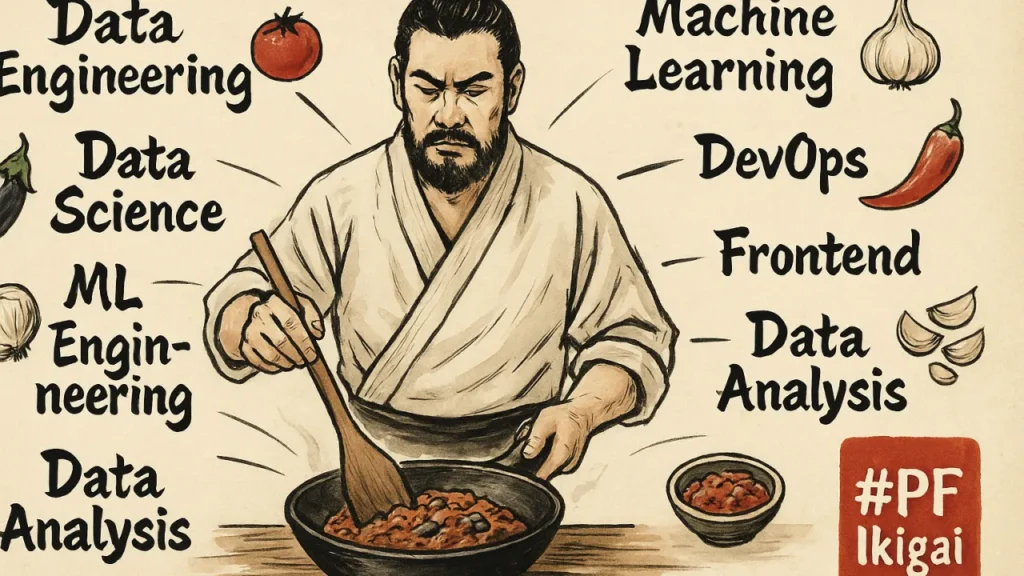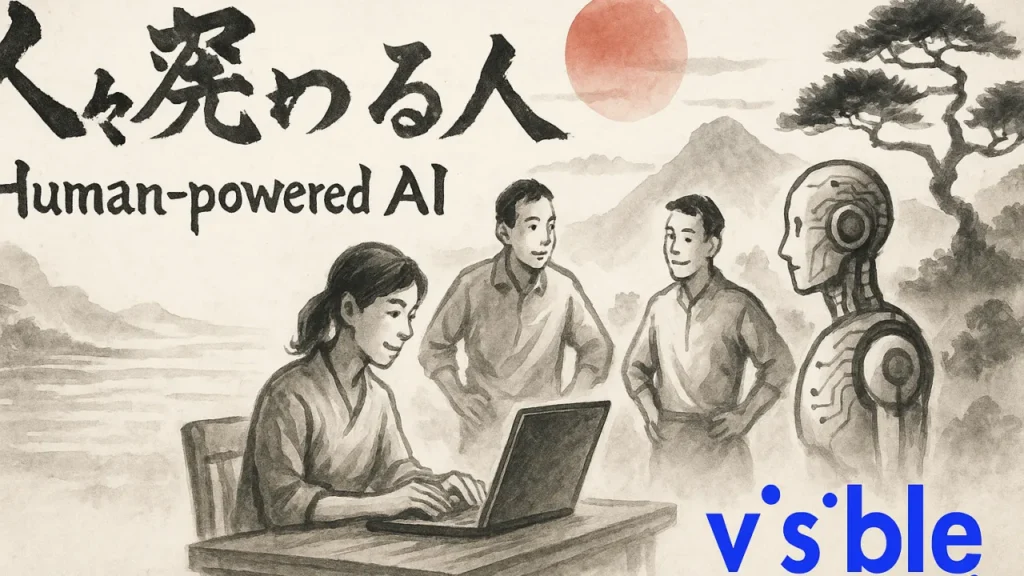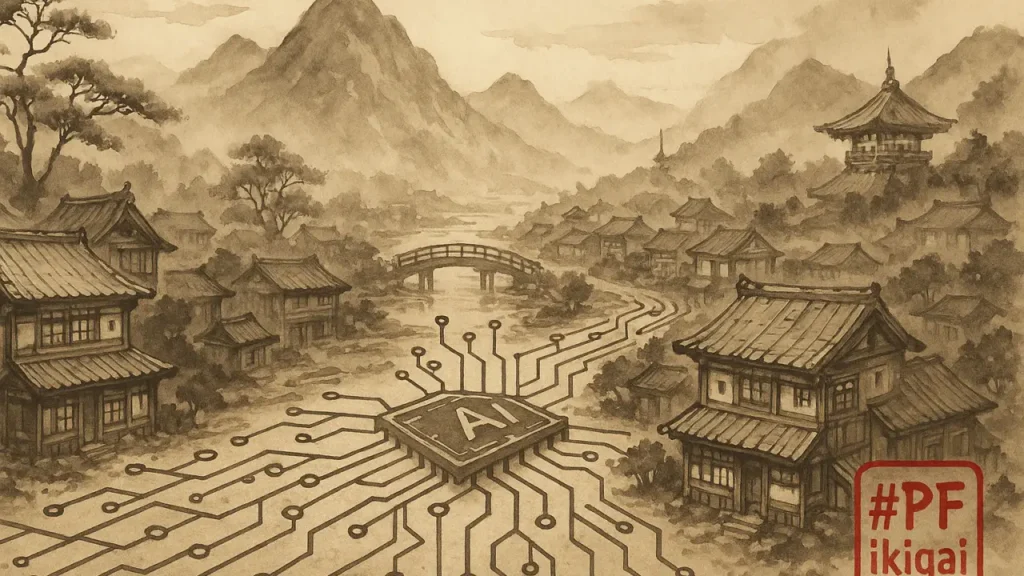Tech Writers at PF
The power shift for the ages to come
Introduction to the Agentic AI Series
The world of technology is at a turning point. Over the past few decades, we’ve witnessed transformative shifts—the early internet connecting people to information, the app revolution redefining interactivity, and now, the emergence of agentic AI. These intelligent systems, capable of performing tasks autonomously, promise to revolutionize the way we interact with technology. However, with such immense potential comes significant responsibility.
In this three-part series, we’ll explore agentic AI as the next step in our technological evolution. Drawing on lessons from past revolutions, we’ll examine how to navigate the challenges and opportunities it presents:
- Agentic AI: A New Era of Technology and the Lessons from the Past: This article sets the stage by exploring how agentic AI builds on patterns from the web and app revolutions.
- Centralized AI Infrastructure and the Rise of Tech Oligarchy: A Double-Edged Sword: We dive into the risks of power concentration in the hands of a few tech giants and its implications for innovation and competition.
- Talent Displacement and Workforce Evolution: Finally, we tackle the impact of agentic AI on jobs, exploring how the industry can prepare for significant talent shifts.
This series is not just about understanding what agentic AI can do but about shaping how it integrates into our lives, our work, and our future. Let’s embark on this journey together.
Article 2 – Centralized AI Infrastructure and the Rise of Tech Oligarchy: A Double-Edged Sword
Introduction: The Power Shift
I originally wrote this article in the days leading up to the inauguration of the new U.S. president in 2025. At the time, the growing influence of the tech oligarchy in shaping political discourse and outcomes was already a pressing concern. However, after witnessing the inauguration itself, it became evident that the influence of the tech industrial complex has reached unprecedented heights. The event not only symbolized a transfer of political power but also put on full display the clear prominence and sway of technology giants over the very fabric of governance.
Looking back, the app revolution once marked a golden era in technology, democratizing innovation and enabling small developers to compete on a global scale. A single developer or a small team could create apps that stood shoulder-to-shoulder with offerings from tech giants. This environment empowered creativity, innovation, and competition.
However, as we transition into the era of agentic AI, the landscape has shifted dramatically. The infrastructure that powers agentic AI is vastly more complex and resource-intensive, requiring immense computational power, colossal datasets, and sophisticated algorithms. These resources are concentrated in the hands of a few major players—tech giants who control the platforms and ecosystems that agentic AI depends on.
This centralization not only stifles competition and innovation but also raises broader societal concerns. In an era where technology companies wield unprecedented economic and political influence, we are witnessing the rise of a tech oligarchy. No longer confined to the digital domain, these corporations are shaping public discourse, influencing elections, and even dictating policy in ways that challenge the traditional boundaries of democracy.
The 2016 U.S. presidential election first revealed the power of the tech industrial complex, where social media platforms and algorithmic systems played a pivotal role in shaping public opinion and mobilizing voters. In the 2024 election, this influence became even more pronounced. For the first time, the U.S. government is set to operate under the undeniable sway of tech oligarchs rather than the other way around. These companies, with their unmatched control over data, communication platforms, and AI infrastructure, played a decisive role in determining campaign strategies, voter targeting, and media narratives.
The inauguration of the new president further cemented this reality. The event showcased the growing entanglement between technology leaders and political power, underscoring how deeply the tech oligarchy has embedded itself into the political machinery of the nation.
This shift marks a historic turning point. The United States, which has long championed itself as a beacon of democracy, now finds its political leadership directly influenced by the very corporations it was once tasked with regulating. As agentic AI takes center stage, its reliance on centralized infrastructure exacerbates these dynamics, creating a critical crossroads for society.
The Rise of Centralization
Unlike the app ecosystem, which flourished on open platforms like iOS and Android, agentic AI operates in a far more restricted environment. Several factors contribute to this centralization:
- Resource Intensity: Building and running agentic AI requires advanced computing resources, such as large-scale cloud infrastructures and high-performance GPUs. Only a few companies—those with deep pockets and global infrastructure—can afford to sustain these systems.
- Data Monopolies: High-quality, diverse datasets are the lifeblood of AI. Companies with access to vast amounts of user data (e.g., through search engines, social media platforms, and e-commerce) have a significant advantage in training AI models.
- Proprietary Algorithms: Many of the most advanced AI models, like GPT or DALL-E, are proprietary, developed and maintained by companies with exclusive rights. This creates a barrier for smaller players who lack access to cutting-edge technology.
- Integration Ecosystems: Agentic AI thrives in ecosystems where it can seamlessly integrate with other services. Companies that control both the infrastructure and the platforms (e.g., operating systems, app stores) have a significant head start in building these ecosystems.
As a result, innovation in the agentic AI space is increasingly concentrated among a small number of players, creating a bottleneck for competition and limiting opportunities for smaller developers and startups.
The Rise of Tech Oligarchy
One of the most troubling consequences of centralized infrastructure is the emergence of a global tech oligarchy—a concentration of economic and political power within a small group of corporations and individuals. This phenomenon is especially pronounced in the United States, a country that has long prided itself as a champion of democracy and free markets.
With their unparalleled control over data, communication platforms, and public discourse, tech giants are no longer just companies—they are power brokers. They have shaped public opinion, influenced elections, and set policy agendas.
The 2024 election amplified these dynamics to new heights. Tech companies played a decisive role in shaping campaign narratives, micro-targeting voters, and amplifying preferred candidates. The result was a historic inversion: the U.S. government is now seen as operating under the influence of the tech industrial complex, rather than regulating it.
This unprecedented shift poses profound risks to democratic institutions, making it imperative to address the unchecked power of these corporations.
Implications for Society
The centralization of agentic AI infrastructure and the rise of tech oligarchy have far-reaching consequences:
- Innovation Bottlenecks When a few companies dominate the development of agentic AI, they control the pace and direction of innovation. Smaller developers, who often bring fresh perspectives and disruptive ideas, are left with limited access to resources, stifling the potential for groundbreaking advancements.
- Economic Inequities Centralization risks deepening economic divides. Companies that own AI infrastructure will continue to accrue disproportionate profits, while smaller businesses and emerging economies struggle to compete.
- Democratic Erosion The intertwining of tech power and political influence erodes democratic systems. With the ability to manipulate public opinion, influence elections, and lobby for policies that serve their interests, tech oligarchs have become unelected policymakers.
- Reduced Competition The monopolistic nature of AI infrastructure reduces consumer choice. With fewer players in the market, innovation becomes less dynamic, and costs for businesses and consumers alike may increase.
Opportunities and Mitigation Strategies
Despite the challenges, there are pathways to address and mitigate the risks of centralization and tech oligarchy:
- Open AI Ecosystems
Encourage open-source AI projects to level the playing field. Expanding access to open-source tools and datasets will empower smaller developers and startups. - Decentralized AI Models
Explore decentralized approaches, such as federated learning, to distribute AI training and deployment across multiple entities. - Policy Interventions
Governments and regulatory bodies must address monopolistic tendencies in AI infrastructure by promoting fair competition and data portability. - Civic Accountability
Societies must demand greater transparency and accountability from tech giants, ensuring their actions align with public interests rather than private profits.
A Critical Crossroad
Agentic AI has the potential to revolutionize industries, enhance productivity, and improve lives. However, its centralization represents a double-edged sword. If left unchecked, the rise of tech oligarchs could weaken democratic institutions, stifle innovation, and widen societal divides.
The decisions we make now will determine whether agentic AI serves the many or remains in the hands of a privileged few. As we navigate this crossroad, the future of agentic AI—and the society it will shape—hangs in the balance.
